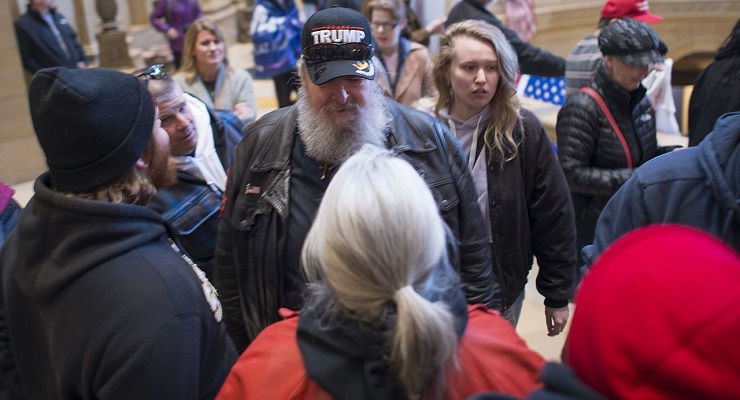
Jack Santucci had this really interesting opinion in Medium:
One big story coming out of 2020 has been the fusion of two movements: one for multiparty government, another for less of a gap between the major parties (polarization). The former promotes ballot reforms to ease third-party voting. The latter aims to get rid of partisan nominations. Its signature reform is the nonpartisan two-round electoral system, or NPTRS. Recent adoptions include Alaska, where NPTRS combines with instant-runoff voting, and St. Louis, where NPTRS comes with approval balloting. NPTRS itself has longer history.
Does it reduce polarization, as proponents claim it will?
My answer is “no,” based on the latest data from political scientists Boris Shor and Nolan McCarty. Their data capture state-legislative polarization, 1993–2018, using a procedure similar to NOMINATE.
Read the full opinion here.
Leave a Reply